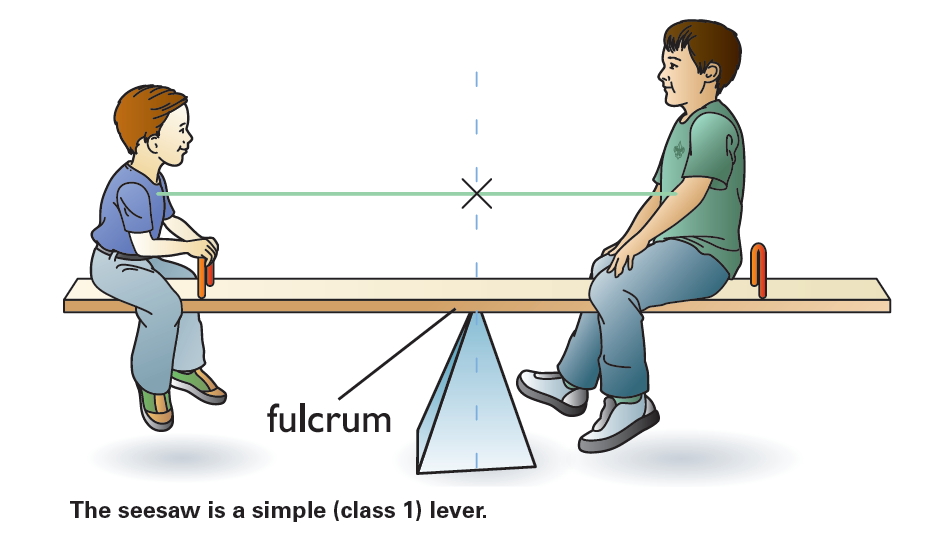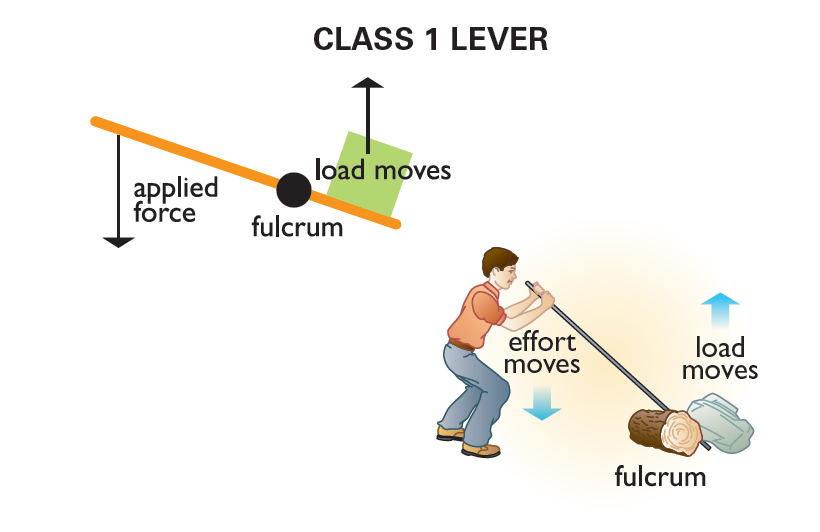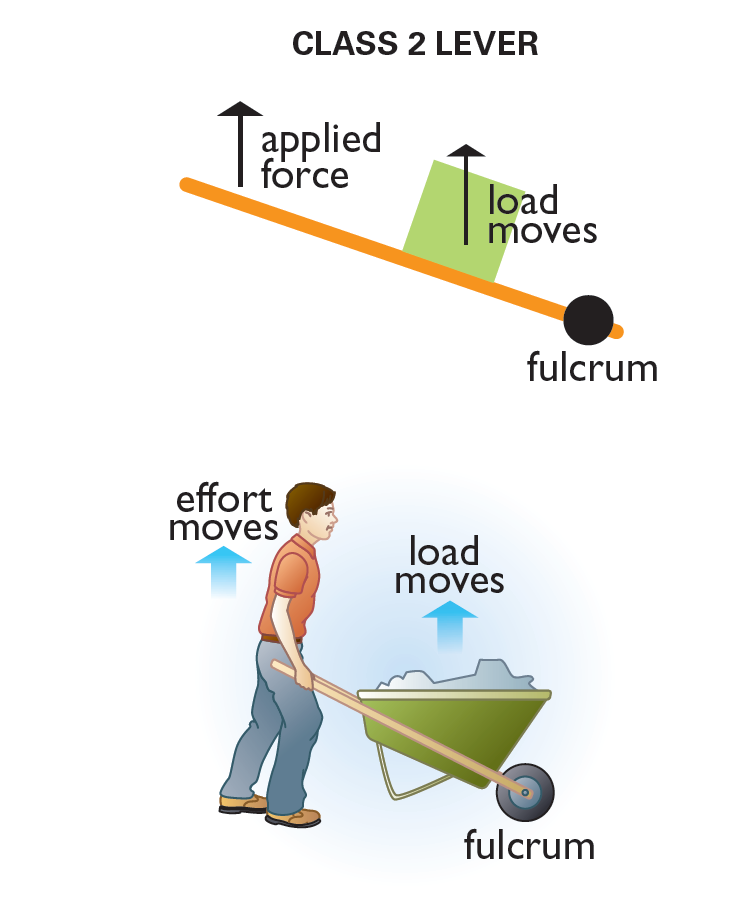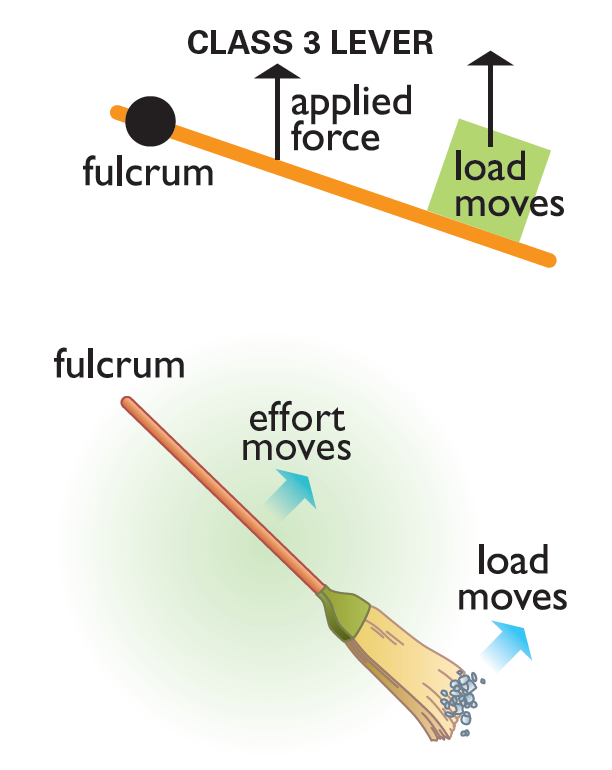This module is designed to help you explore how engineering and simple machines called levers affect your life each day. Engineering is considered the application of scientific and mathematical principles to create the design, manufacture, and operation of structures, machines, processes, and systems. Engineering is very closely aligned with technology.
Swing!
Requirements last updated January 2022. There are broken links and outdated information in places and formatting may not match between two Nova awards because the requirements are preserved to match the original state from Scouting America. Where available, the related counselor notes have been included along with the requirements.
1.
Choose A or B or C and complete ALL the requirements.
A.
Watch an episode or episodes (about one hour total) of a show about
anything related to motion or machines. Then do the following:
1.
Make a list of at least two questions or ideas from what you watched.
2.
Discuss two of the questions or ideas with your counselor.
Some examples include - but are not limited to - shows found on PBS
("NOVA"), Discovery Channel, Science Channel, National Geographic
Channel, TED Talks (online videos), and the History Channel. You may
choose to watch a live performance or movie at a planetarium or science
museum instead of watching a media production. You may watch online
productions with your counselor's approval and under your parent's or
guardian's supervision.
B.
Read (about one hour total) about anything related to motion or machines. Then do the following:
1.
Make a list of at least two questions or ideas from what you read.
2.
Discuss two of the questions or ideas with your counselor.
Books on many topics may be found at your local library. Examples
of magazines include but are not limited to Odyssey, KIDS DISCOVER,
National Geographic Kids, Highlights, and OWL or owlkids.com.
C.
Do a combination of reading and watching (about one hour total) about
anything related to motion or machines. Then do the following:
1.
Make a list of at least two questions or ideas from what you read
and watched.
2.
Discuss two of the questions or ideas with your counselor.
2.
Complete ONE adventure from the following list for your current rank or
complete option A or B. (If you choose an Adventure, choose one you have
not already earned.) Discuss with your counselor what kind of science,
technology, engineering, and math was used in the adventure or option.
- Wolf Cub Scouts: Paws of Skill
- Paws of Skill: Levers are used in many sports, including baseball, golf, and tennis.
- Bear Cub Scouts: Baloo the Builder, A Bear Goes Fishing
- Baloo the Builder: Using a lever (crowbars, pliers, screwdrivers, hammer, etc.)
- A Bear Goes Fishing: Using a lever (a fishing rod)
- Webelos Scouts: Enginner
- Enginner: Entire adventure deals with engineering.
Option A: With your parent's or guardian's permission, take an old
or broken household or mechanical item, break it down into its
component pieces, and identify the purpose of five parts. Suggested
items include a keyboard, floppy disk, telephone, VCR, tape deck,
bicycle, people counter, printer or similar item. Make sure to use
appropriate safety precautions.
Option B: Participate in two sports, either as an individual or
part of a team, and identify the levers used in each sport.
3.
Explore EACH of the following.
A.
Levers
1.
Make a list or drawing of the three types of levers. (A lever is
one kind of simple machine.)
2.
Show:
- How each lever works
- How the lever in your design will move something
- The class of each lever
- Why we use levers
 A lever is a rigid bar that turns around a fulcrum, or fixed
point. The force - a push or a pull that is applied to the
lever - is called the effort. The farther the effort is from the
fulcrum, the easier it is to use the lever. What the lever
moves is called the load or the resistance. Levers can change
the direction of motion, make it easier to move something, or
cause something to move a greater distance. There are three
classes, or types, of levers. Class 1 lever - The fulcrum is
located between the effort and the load. The load always pushes
down because of its weight. The force applied will push up on
the load.
In a class 1 lever, you push down. Even though you are pushing
down because of its weight, the load will be lifted up. Also in
a class 1 lever, you apply force in the direction opposite the
direction you want the object to move. Depending on where the
fulcrum is placed, a class 1 lever can make the load either
move more easily or move a greater distance. Examples of class
1 levers include seesaws, crowbars, scissors, and pliers.
A lever is a rigid bar that turns around a fulcrum, or fixed
point. The force - a push or a pull that is applied to the
lever - is called the effort. The farther the effort is from the
fulcrum, the easier it is to use the lever. What the lever
moves is called the load or the resistance. Levers can change
the direction of motion, make it easier to move something, or
cause something to move a greater distance. There are three
classes, or types, of levers. Class 1 lever - The fulcrum is
located between the effort and the load. The load always pushes
down because of its weight. The force applied will push up on
the load.
In a class 1 lever, you push down. Even though you are pushing
down because of its weight, the load will be lifted up. Also in
a class 1 lever, you apply force in the direction opposite the
direction you want the object to move. Depending on where the
fulcrum is placed, a class 1 lever can make the load either
move more easily or move a greater distance. Examples of class
1 levers include seesaws, crowbars, scissors, and pliers.
 Class 2 lever - The fulcrum is at one end, the effort is at the
other end, and the load is in the middle. The effort and the
load move in the same direction. In a class 2 lever, the load
pushes down, but you lift up to lift up the load. A class 2
lever makes an object easier to move. Examples of class 2
levers include wheelbarrows, catapults, bottle openers,
screwdrivers, nutcrackers, staplers, and wheelbarrows.
Class 2 lever - The fulcrum is at one end, the effort is at the
other end, and the load is in the middle. The effort and the
load move in the same direction. In a class 2 lever, the load
pushes down, but you lift up to lift up the load. A class 2
lever makes an object easier to move. Examples of class 2
levers include wheelbarrows, catapults, bottle openers,
screwdrivers, nutcrackers, staplers, and wheelbarrows.
 Class 3 lever - The fulcrum is at one end, and the effort is
applied between the fulcrum and the load. In a class 3 lever,
you push in the direction you want the load to move. A class 3
lever makes an object harder to move but moves the object a
much greater distance than the effort moves, such as a hammer
driving a nail. Because the load end moves faster than the
effort (it has to travel farther during the same amount of
time), the load gains speed, such as swinging a baseball bat or
golf club. Many sporting activities use class 3 levers, such as
baseball bats, tennis rackets, canoe paddles, golf clubs, and
fishing poles. Other examples of class 3 levers include the
human arm, brooms, shovels, tweezers, and staple removers.
Class 3 lever - The fulcrum is at one end, and the effort is
applied between the fulcrum and the load. In a class 3 lever,
you push in the direction you want the load to move. A class 3
lever makes an object harder to move but moves the object a
much greater distance than the effort moves, such as a hammer
driving a nail. Because the load end moves faster than the
effort (it has to travel farther during the same amount of
time), the load gains speed, such as swinging a baseball bat or
golf club. Many sporting activities use class 3 levers, such as
baseball bats, tennis rackets, canoe paddles, golf clubs, and
fishing poles. Other examples of class 3 levers include the
human arm, brooms, shovels, tweezers, and staple removers.
 Bats, clubs, rackets, paddles, and fishing poles are class 3
levers.
Bats, clubs, rackets, paddles, and fishing poles are class 3
levers.B.
On your own, design, including a drawing, sketch, or model, ONE of the following:
1.
A playground fixture that uses a lever
2.
A game or sport that uses a lever
3.
An invention that uses a lever
Be sure to show how the lever in your design will move something.
C.
Discuss your findings with your counselor.
Levers can be used to:
- Make things easier to move - A small force applied over a large distance results in a large force moving a small distance (class 1 levers where the applied force is farther away from the fulcrum than the load, and class 2 levers).
- Change the direction of the applied force (class 1 levers).
- Increase the distance an object moves - A large force applied over a small distance moves the load a large distance. (This happens with class 3 levers and class 1 levers where the fulcrum is closer to the applied force than the load.)
4.
Do the following:
A.
Visit a place that uses levers, such as a playground, carpentry shop,
construction site, restaurant kitchen, or any other location that uses
levers.
- Playground - Seesaws (class 1), swings (class 2), and sandbox shovels (class 3)
- Carpentry shop - hammers (class 3; the hammer's claw is a class 1)
- Construction site - crowbar (class 1, pliers (class 1), backhoe (class 1; see this document), shovel (class 3)
- Restaurant kitchen - can opener (class 1), spoons and forks (class 3), bottle opener (class 2)
B.
Discuss with your counselor the equipment or tools that use levers in
the place you visited.
Visitations to places like carpentry shops, construction sites,
restaurant kitchens, etc., will require advance planning by the
counselor. The counselor should call ahead to make arrangements,
and make plans to have appropriate supervision of all Scouts. The
site will very likely have rules and instructions that must be
followed. The counselor should help ensure that all the
participants are aware of and follow those rules. This may include
safety procedures and other instructions.
5.
Discuss with your counselor how engineering and simple machines affect your everyday life.
Helpful Link: Technologystudent.com (https://www.technologystudent.com/forcmom/lever1.htm)

